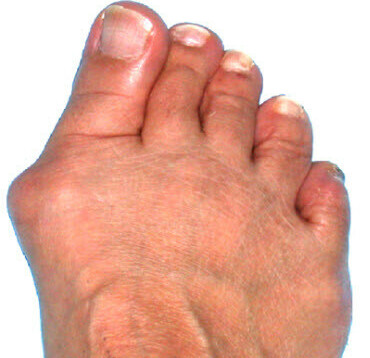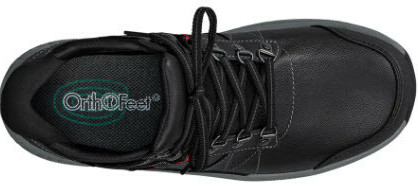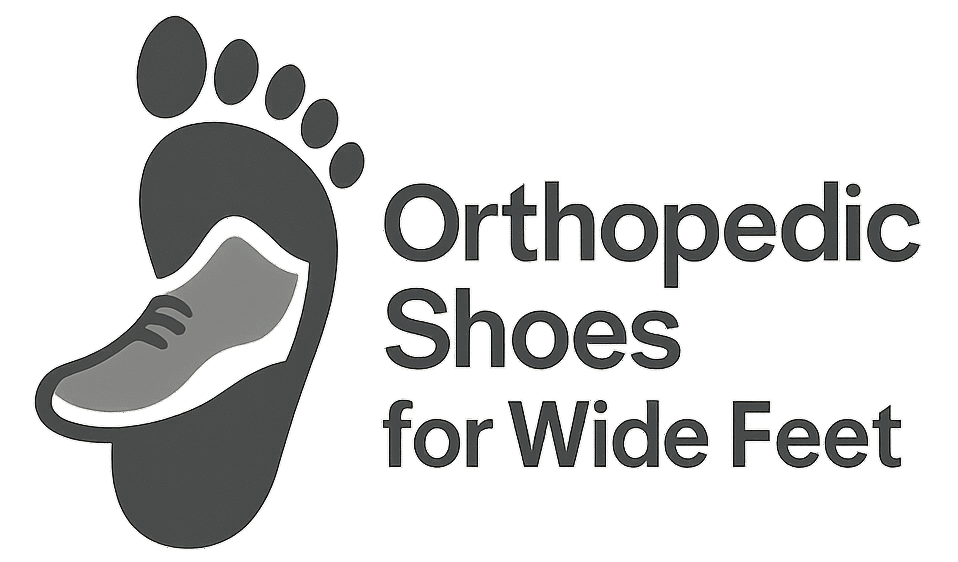 Bunions are more than just bumps on the side of your feet; they are bony protrusions that form at the base of the big toe, causing it to angle inward. Doctors call them ‘Hallux Valgus,’ and they can be a real nuisance. They develop over time, often as a result of tight, narrow shoes or an inherited foot structure – something you can thank your relatives for.
Bunions are more than just bumps on the side of your feet; they are bony protrusions that form at the base of the big toe, causing it to angle inward. Doctors call them ‘Hallux Valgus,’ and they can be a real nuisance. They develop over time, often as a result of tight, narrow shoes or an inherited foot structure – something you can thank your relatives for.
Ignoring bunions is not the wisest choice. Why? Because these stubborn foot deformities can lead to a cascade of issues that compromise the health and functionality of your feet. Discomfort when walking is just the start. Left unattended, bunions can cause the toes to crowd, resulting in additional deformities like hammertoes or crossover toes.
You might be wondering if those shoes gathering dust in your closet could be part of the problem. Your intuition is right. Ill-fitting shoes are notorious for exacerbating bunions by applying constant pressure on the already misaligned joint. That’s why picking the right footwear is pivotal to managing bunion pain and preventing further foot damage.
The Role of Orthopedic Shoes in Bunion Management
If you’re wrestling with the discomfort of bunions, I’ve got good news for you: orthopedic shoes could be a game-changer. These aren’t your run-of-the-mill sneakers or dress shoes. Orthopedic footwear is specially designed to provide relief and support to feet under siege by bunions.
So, what’s the secret sauce in orthopedic shoes that makes them so friendly to your feet? It’s all about smart design. First off, they offer a wider toe box, giving your toes room to breathe and cutting down on that squished, pinching feeling. They also come with superior arch support, cradling your feet in a way that lessens the pressure on the bunion. As if that’s not enough, many models boast extra depth to accommodate cushioning insoles or custom orthotics – a real treat for your feet.
Here’s something else to chew on: orthopedic shoes have come a long way from the clunky, unsightly gear of times past. Today’s varieties are slick and come in styles you’ll actually want to wear. But don’t think this is just a matter of swapping out your regular kicks for an orthopedic pair. Your feet are unique, and the right shoes should complement the specific contours and pressure points of your feet.
Now, that’s not to say orthopedic shoes are a silver bullet. They’re part of a broader bunion management strategy. Sure, they provide symptomatic relief, but they won’t reverse a bunion. Yet, for many, they make a world of difference and can delay or negate the need for more invasive treatments.
Alright, let’s transition smoothly onto the next big question: how do you pick the perfect orthopedic shoes for your unique feet?
Selecting the Right Orthopedic Shoes for Your Bunions

Now that you’re aware of how vital orthopedic shoes are in managing bunions, you’re probably wondering how to pick the perfect pair. It’s not just about the brand or style; it’s about what your feet need to stay healthy and comfortable.
Start by considering the width of the shoe. Bunions often require more space, so look for shoes labeled as ‘wide’ or ‘extra wide’. The right fit means less pressure on the bunion area. Another key element is the material. Soft leathers or breathable mesh can accommodate the shape of your bunion without causing irritation.
Don’t overlook the importance of a good sole. Cushioning and support from the insole and outsole can make a significant difference, especially during long periods of standing or walking. Here’s a tip: customizable insoles might be a game-changer for your bunion pain.
Custom-fit shoes may sound exclusive, but they are worth the investment if you have persistent bunion issues. A visit to a podiatrist or a specialist in orthopedic footwear could lead you to perfectly tailored shoes for your unique foot contours.
I’m going to share a list of some well-received orthopedic shoe brands that many bunion sufferers swear by. Brands like Altra, Orthofeet, and New Balance often feature in top picks for their balance of comfort, support, and style.
With your ideal orthopedic shoes laced up, remember, shoes alone won’t solve everything. In the next section, we’ll look at the big picture of bunion care, from additional treatments to preventive tactics.
Beyond Footwear: Comprehensive Care for Bunions
Orthopedic shoes are a key component in managing bunions, but they’re just part of the picture. To best tackle this foot deformity, a holistic approach is recommended.
Non-surgical treatments can include things like bunion pads, which cushion the area and reduce pressure, or orthotic devices that specifically target foot alignment. Physical therapy exercises can strengthen foot muscles, thereby supporting better alignment and easing discomfort.
In some cases, your doctor might suggest a bunion splint to be worn at night which helps in slowly correcting the toe position. Pain relief can often be aided by over-the-counter anti-inflammatories, but always consult with your healthcare provider for advice tailored to your condition.
If your bunion pain persists despite these measures or if the bunion is severely impacting your quality of life, surgery might be an option. Bunionectomy, a surgical procedure to remove the bunion and realign the toe, has a high success rate. However, it requires a significant recovery period.
Remember to also consider lifestyle changes that can prevent further aggravation of bunions. Opt for low-impact exercises, minimize time spent standing, and avoid tight, narrow shoes that squeeze the toes.
Your first attempt at managing bunions might not be a silver bullet, but don’t worry too much about that. With the right combination of treatments, most people find notable relief. You can always adjust your approach down the road.
I really hope that you found this information helpful and that you’re now equipped to make informed decisions about your foot health. Taking the time to understand all your options is crucial. Choose the path that resonates with you and revisit your strategy as needed. Your feet will thank you for it.
